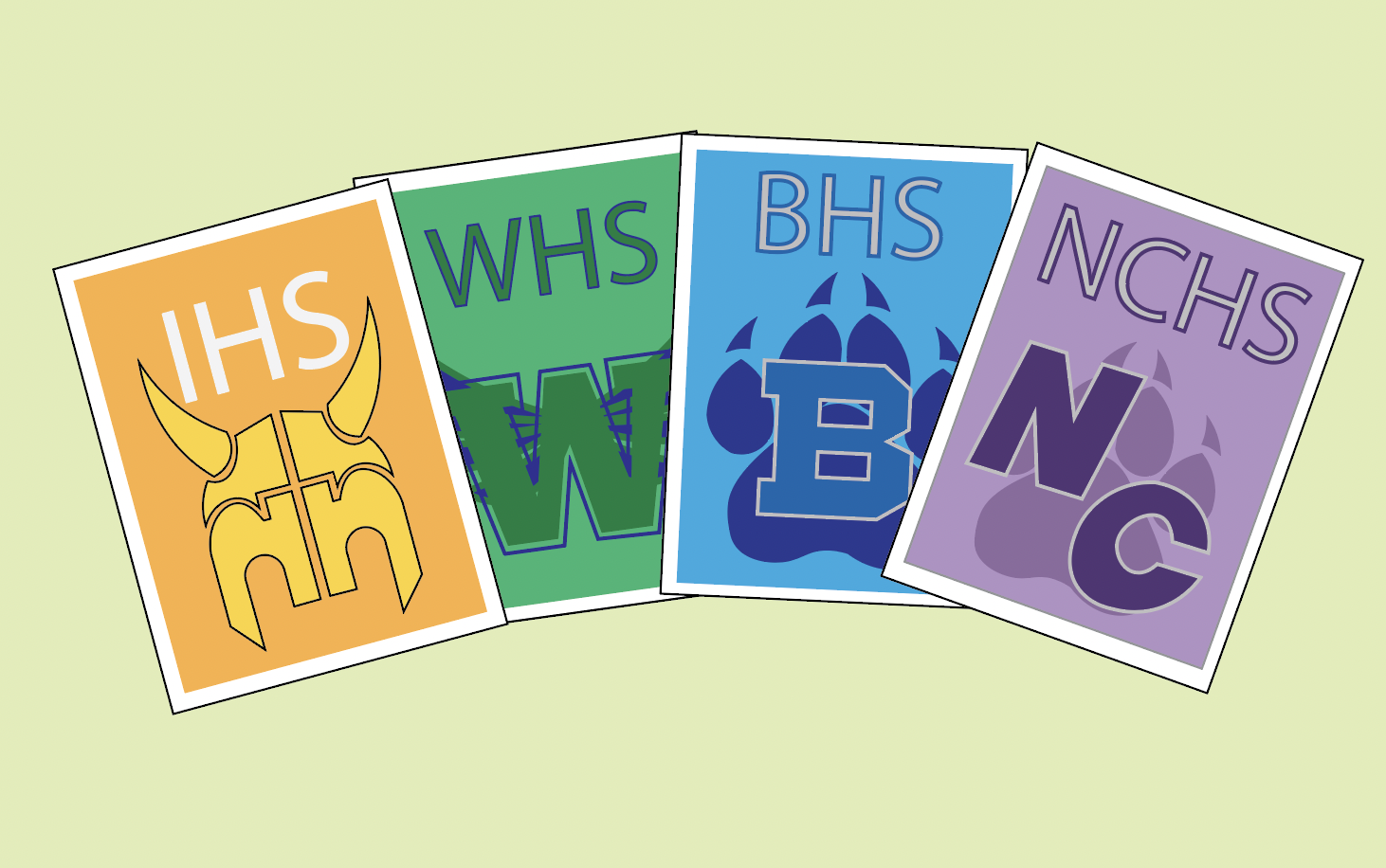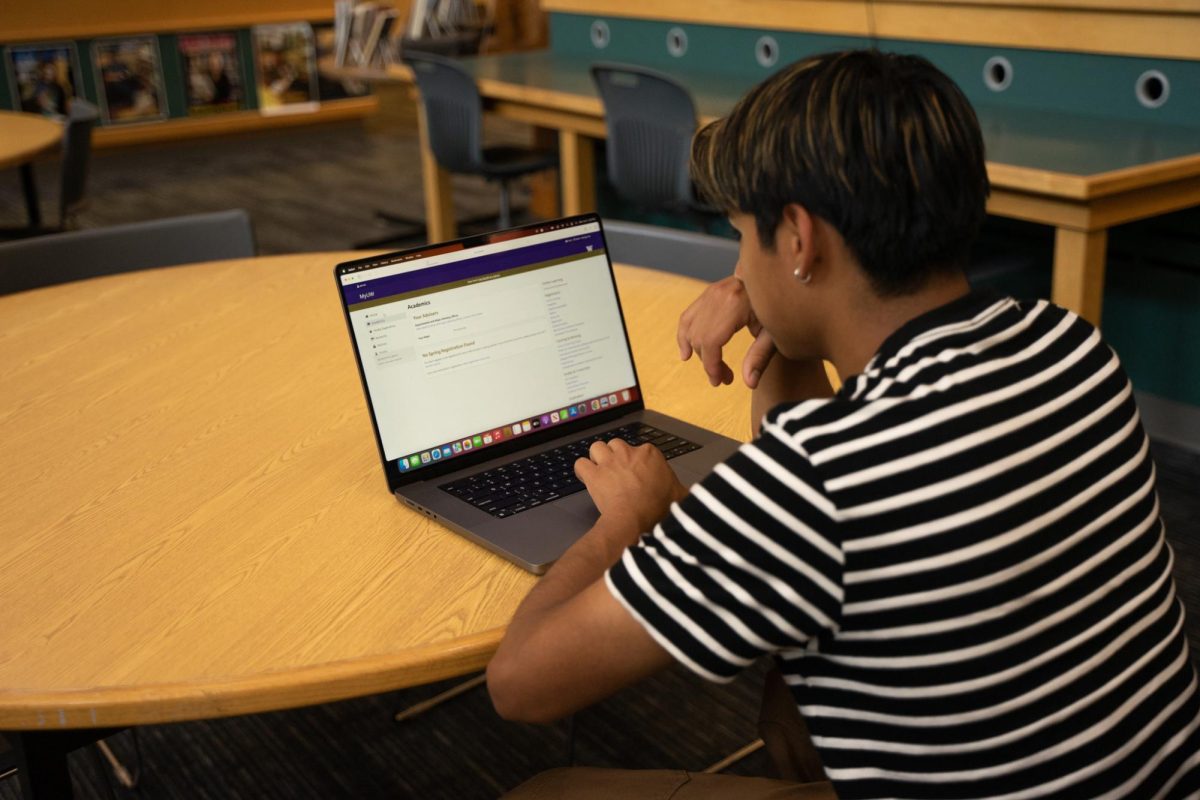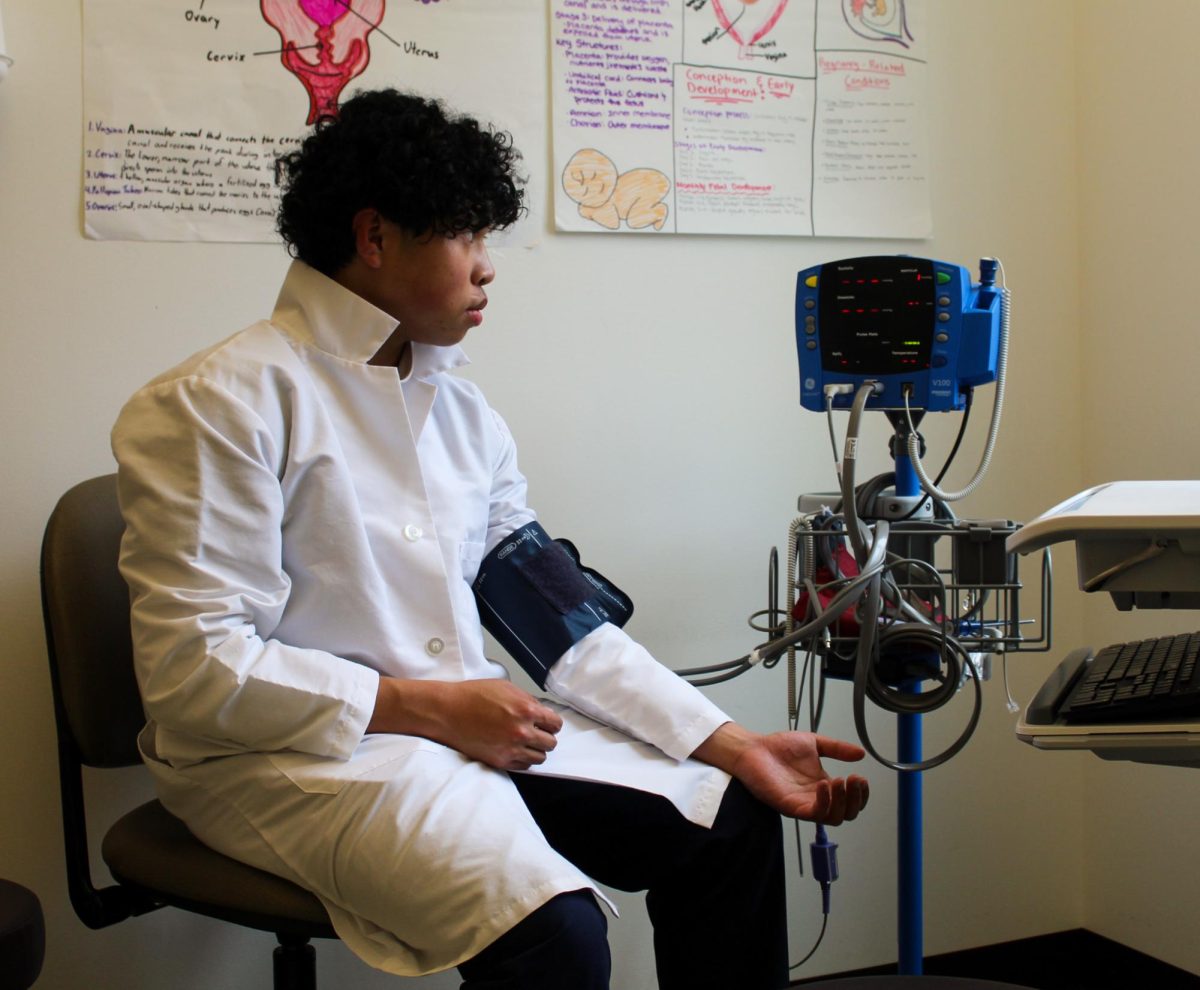Journalism education varies from school to school. While some programs are robust, including both newspaper and yearbook, others struggle to stay afloat or cease to exist at all. The strength of a student journalism program depends on a variety of factors, including administrative support, student interest and funding.
Writing via email, Journalism Education Association President Sarah Nichols (she/her) agreed that the strength of high school journalism varies by program, but her experience teaching workshops and the number of contest entries across the country indicate that scholastic media is alive and well.
JEA’s mission is to support free and responsible scholastic journalism by training teachers and advisors to lead students. They provide resources and educational opportunities to encourage and reward student excellence in journalism. JEA’s current active membership is more than 2,600. Members include journalism teachers, publication advisers, media professionals, press associations, publishing companies, newspapers and radio stations. Any students that these adults may lead or teach benefit from the membership.
The Washington Journalism Education Association focuses on student journalism in Washington state, and has 57 members.
WJEA Director Kathy Schrier (she/her) said that many schools have been switching their student media exclusively online and stopping their print publications.
“There are fewer schools that have really robust student media programs now than there were maybe 20 years ago. Everybody had a school paper,” said Schrier.
Part of the issue can be attributed to the expenses of running a print publication; it’s costly to print multiple newspaper issues throughout the school year. Some school districts cover the cost of printing for their student publications. This is true for Inglemoor, which also receives some financial help from the Associated Student Body to cover certain fees. Schools within districts that are unwilling to pay or subsidize printing costs or that have tight budgets may not be able to cover necessary expenses. The cost of printing, coupled with the shift toward online media have forced many printing companies out of business, making printing more inaccessible in general.
Schrier said that online publications are different, of course, but they’re still news. Things change as schools respond to a more technology-based society. Despite changes, the passion for journalism is still strong.
“I’ve been doing WJEA stuff for about 20 years. So, I’ve seen a lot over the years, but the number of kids who come to our big events hasn’t gone down,” said Schrier.
Schrier added that student journalism has begun to replace the role of local, small-town newspapers in reporting on issues concerning school districts or boards.
“Student journalism is the only window that the community really has to know what’s going on in their school district. With the New Voices Law that we have, which is giving students more power to control the content and their papers, they can start covering some of the news that their community paper used to cover, and be the first news organization to break stories.”
In addition to the New Voices Law, the Washington State Public Records Act allows people the right to submit requests for public information and records. Public records include everything from administration’s emails to district
spending accounts.
With these laws in place, some school administrators can be somewhat reluctant to support student journalism. Schrier said when administrators aren’t on board, they may not hire a trained teacher to advise a student publication, making it hard for kids to build a strong program.
Northshore School District Regional Assistant Superintendent Heather Miller (she/her) said that NSD will always support student journalism. But since the district has decentralized some decision-making concerning course offerings, each school gets to choose which electives to offer. Currently, all four high schools in NSD — Woodinville, Bothell, Inglemoor and North Creek — all have student publications, but this year only North Creek and Inglemoor offer an official newspaper course.
NSD Director of Communications Carri Campbell (she/her) said the primary role the district office plays in supporting student journalism is working with student journalists to ensure they’re able to access the right people for interviews and gather necessary information.
She added that since course-related decisions are decentralized, anyone hoping to start a journalism class should talk to their principal, since they’re the ones in charge of master-scheduling. Miller said that if there aren’t enough kids expressing interest in a course, a school may not offer it. Similarly, if no teacher is available to fill the position as an advisor for a student publication, then it can’t be offered as a class. Campbell said the district office is still available to act as a “thought-partner” between students and school administration to think through different ways opportunities can be provided to students.
NSD gives schools budget allocations for activities and electives, but the decision of what to do with these funds is once again decentralized and up to each school. The district also offers stipends for journalism advisors of student newspapers and yearbooks.
“We should always support student journalism, and it’s important in our community. If we’re thinking about students and their career trajectory, if we’re thinking about students and expanding their area of interest, or what they might do in college — we want to offer a broad array of courses that students can choose from,” said Miller.
Miller said that high school journalism is a path that can open multiple doors in a student’s future, whether it’s communications, newswriting or television. But student journalism makes an even broader impact by giving the student body a voice, teaching news literacy and allowing high school students to participate as active members of a community.
“They learn how to be consumers of the news. They learn how to see their name in print and go to a place to find out what’s happening. And it’s a way to sort of train them to appreciate information that impacts them,” said Schrier.
Campbell said strong student publications can influence system change and shed light on important issues.
“I think it’s a way for students to become civically involved, learn about what’s happening in their school or the district. And then channels to let their voice be heard so that change can be made on their behalf.”










